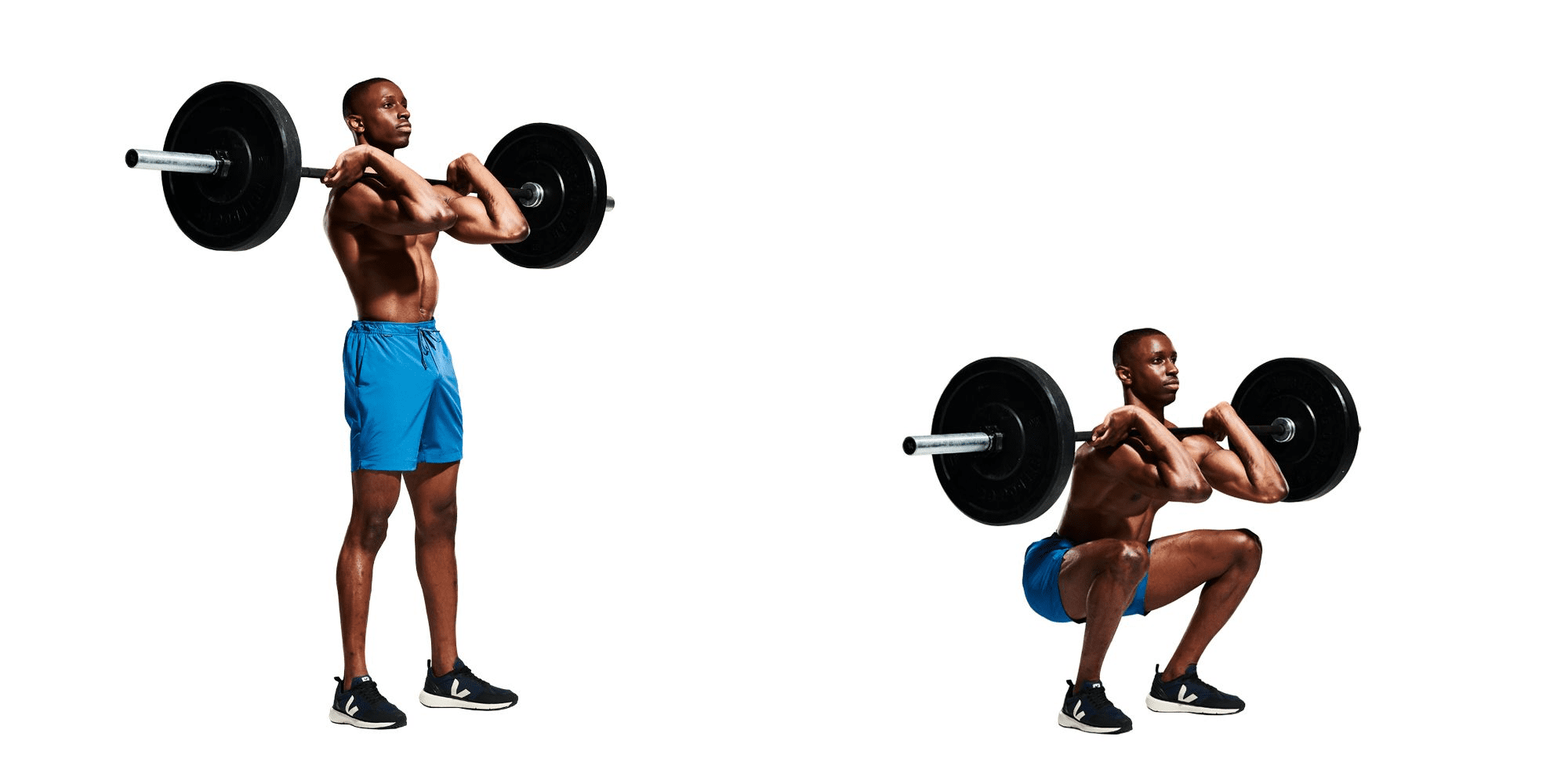Together we look into the intricacies of a pull day workout, a crucial component of a well-rounded fitness routine. A pull day primarily focuses on exercises that engage the muscles involved in pulling movements, predominantly targeting the muscles of the back, biceps, and rear shoulders.
This workout not only promotes muscular balance but also enhances posture and overall strength.
Importance of Pull Day Workout
1. Muscular Balance: A well-designed workout routine should address both push and pull movements. Neglecting the latter can lead to muscular imbalances, potentially causing posture issues and an increased risk of injury.
Incorporating a pull day helps maintain equilibrium between opposing muscle groups.
2. Back Development: The pull day is instrumental in sculpting a well-defined and strong back. This includes the latissimus dorsi, traps, and rhomboids.
A robust back not only contributes to an aesthetically pleasing physique but also improves functional strength.
3. Bicep Engagement: Pull exercises inherently involve the biceps. This dual engagement not only enhances the effectiveness of the workout but also ensures comprehensive development of the upper body.
Sample Pull Day Workout Routine
1. Deadlifts:
1. Target Muscles: Entire back, glutes, hamstrings
2. Deadlifts are a fundamental compound exercise that engages multiple muscle groups. Ensure proper form to prevent injury and maximize benefits.
2. Pull-Ups:
1. Target Muscles: Latissimus dorsi, biceps, rear shoulders
2. Pull-ups are an excellent bodyweight exercise that challenges your back and biceps. Adjust the grip width for variation in muscle emphasis.
3. Bent-Over Rows:
1. Target Muscles: Rhomboids, traps, lats
2. This exercise is crucial for targeting the mid-back. Maintain a neutral spine and engage your core for optimal results.
4. Face Pulls:
1. Target Muscles: Rear delts, traps
2. Face pulls with a cable machine effectively target the rear shoulders. Focus on squeezing your shoulder blades together at the end of each repetition.
5. Hammer Curls:
1. Target Muscles: Biceps, brachialis
2. Hammer curls provide a unique twist to traditional bicep curls, targeting different parts of the arm. Keep your movements controlled for maximum benefit.
6. Lat Pulldowns:
1. Target Muscles: Latissimus dorsi, biceps
2. Lat pulldowns with different grip variations allow you to emphasize different parts of your back. Maintain a straight posture to isolate the targeted muscles.
7. T-Bar Rows:
1. Target Muscles: Middle and upper back
2. T-Bar rows provide a unique angle for targeting the middle back. Use a V-bar or landmine attachment for variation.
8. Single-Arm Dumbbell Rows:
1. Target Muscles: Lats, rhomboids
2. Unilateral exercises like single-arm rows help identify and correct muscle imbalances while providing an excellent stretch to the lats.
9. Inverted Rows:
1. Target Muscles: Upper back, biceps
2. Inverted rows using a bar or suspension trainer are an effective bodyweight exercise, allowing for an adjustable difficulty level based on body angle.
Read Also Difference Between Health and Fitness
Sample Pull Day Workout Schedule

1. Warm-up (10-15 minutes):
1. Light cardio (jumping jacks, jogging in place)
2. Dynamic stretches (arm circles, leg swings)
2. Main Workout (4-5 exercises, 3-4 sets each):
1. Deadlifts – 4 sets x 8-10 reps
2. Pull-Ups – 3 sets x failure (or assisted if needed)
3. Bent-Over Rows – 4 sets x 10-12 reps
4. Face Pulls – 3 sets x 15-20 reps
5. Hammer Curls – 3 sets x 12-15 reps per arm
6. Lat Pulldowns – 4 sets x 10-12 reps
3. Advanced Techniques (1-2 exercises, optional):
1. T-Bar Rows – 3 sets x 10-12 reps
2. Single-Arm Dumbbell Rows – 3 sets x 12-15 reps per arm
3. Inverted Rows – 3 sets x failure
4. Cool Down (5-10 minutes):
1. Static stretches for the back, shoulders, and arms
Workout Tips
1. Warm-Up: Always begin your pull day with a thorough warm-up, including dynamic stretches and light cardio to increase blood flow to the muscles.
2. Progressive Overload: Gradually increase the resistance to challenge your muscles and promote continuous growth.
3. Proper Form: Maintain proper form throughout each exercise to prevent injuries and ensure optimal muscle engagement.
4. Rest and Recovery: Allow adequate time for muscle recovery. Overtraining can hinder progress and increase the risk of injury. A well-balanced diet with an emphasis on protein is crucial for muscle recovery and growth.
Ensure you’re consuming enough calories to support your fitness goals. Hydration and sufficient sleep play integral roles in the recovery process, so prioritize these aspects as well.
In summary, a pull day workout is a cornerstone of a comprehensive fitness routine. As you progress, consider incorporating periodization techniques, varying your grip and hand positions, and experimenting with different equipment to keep your workouts challenging and engaging.
Remember, fitness is a journey, and consistency in your training and lifestyle choices will lead to long-term success. Enjoy the process, stay motivated, and revel in the strength and aesthetics your pull day workouts will undoubtedly bring.
Read Also Raccoons: Description, Damages Caused, Control and Preventive Measures
